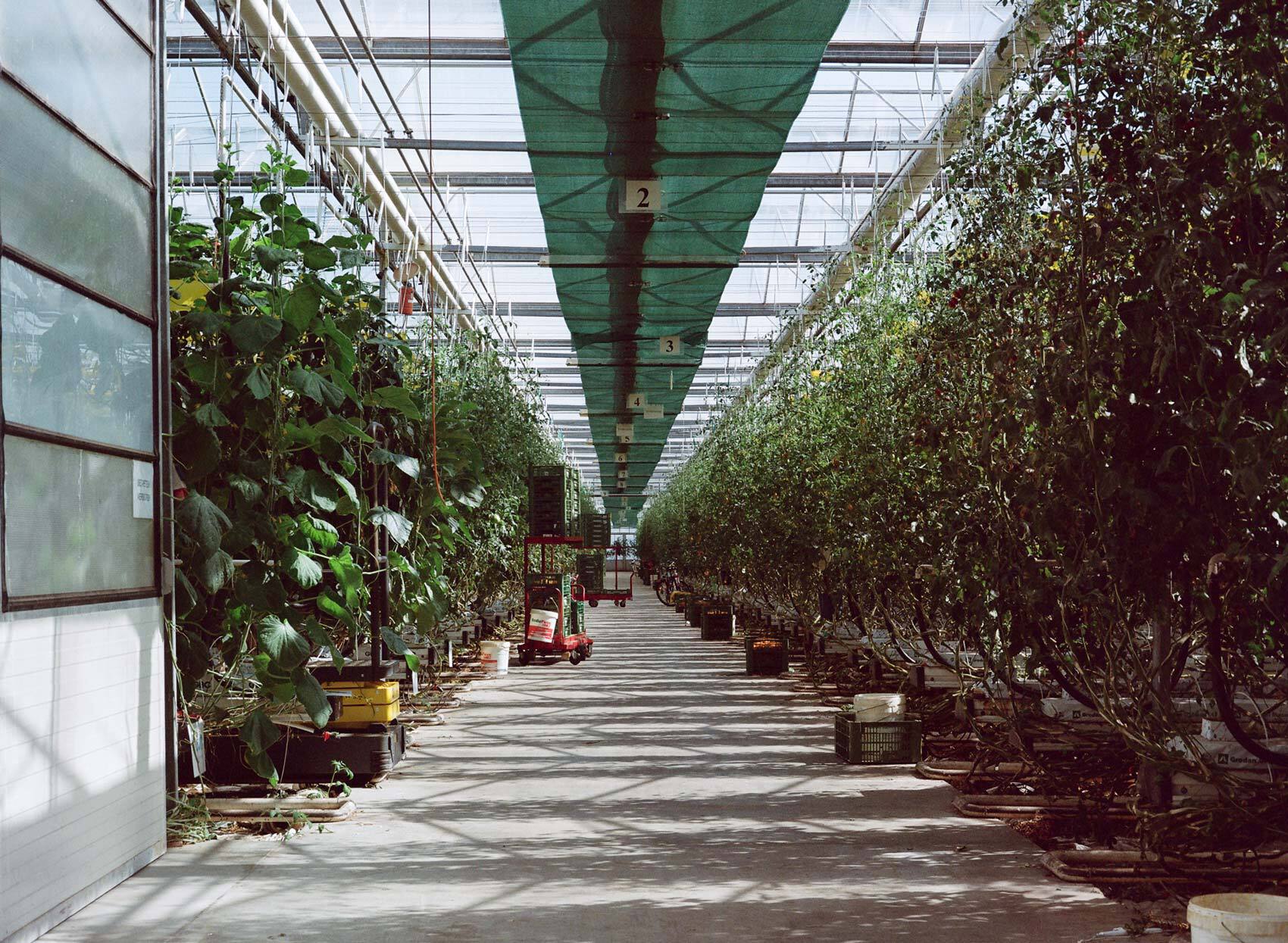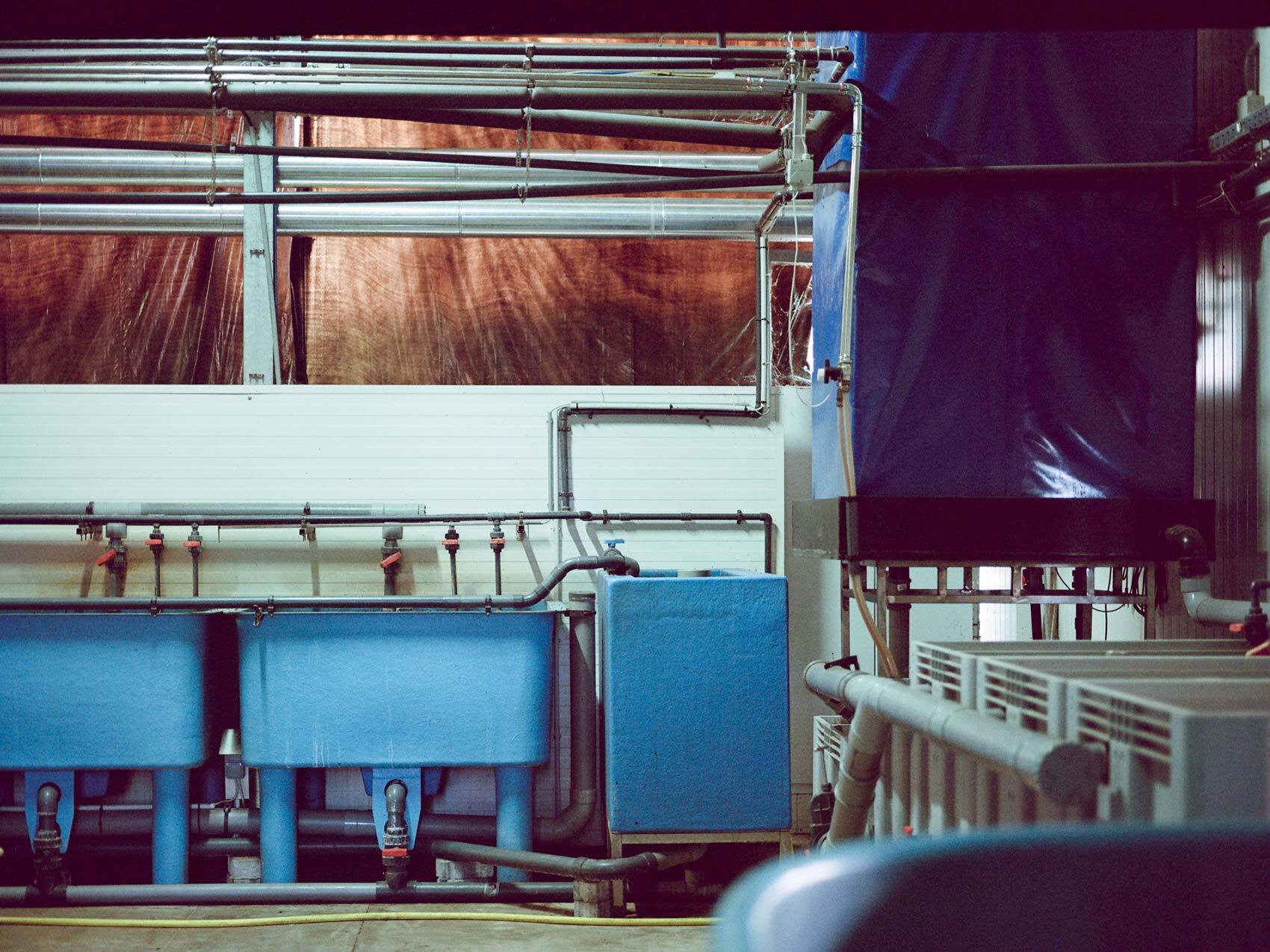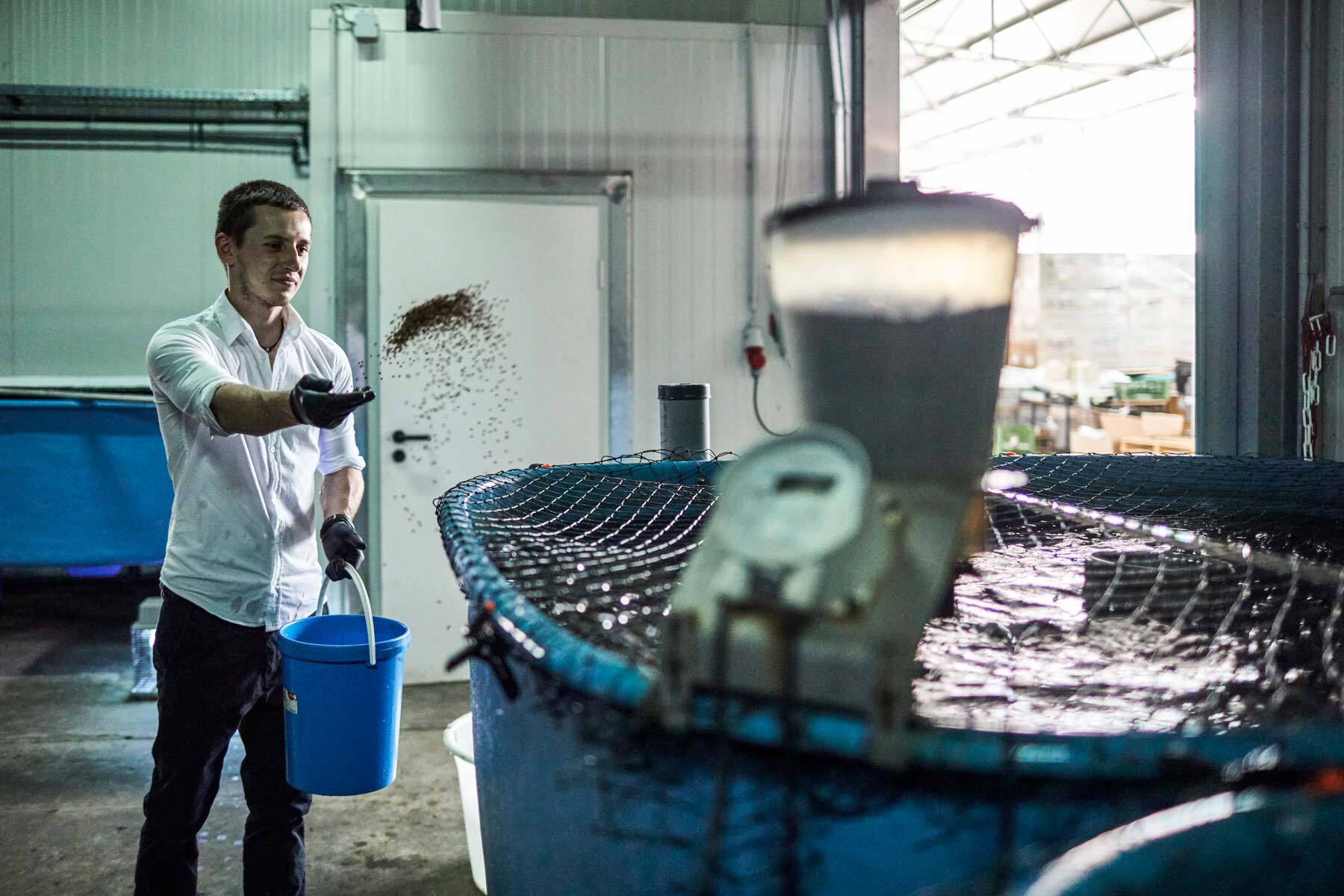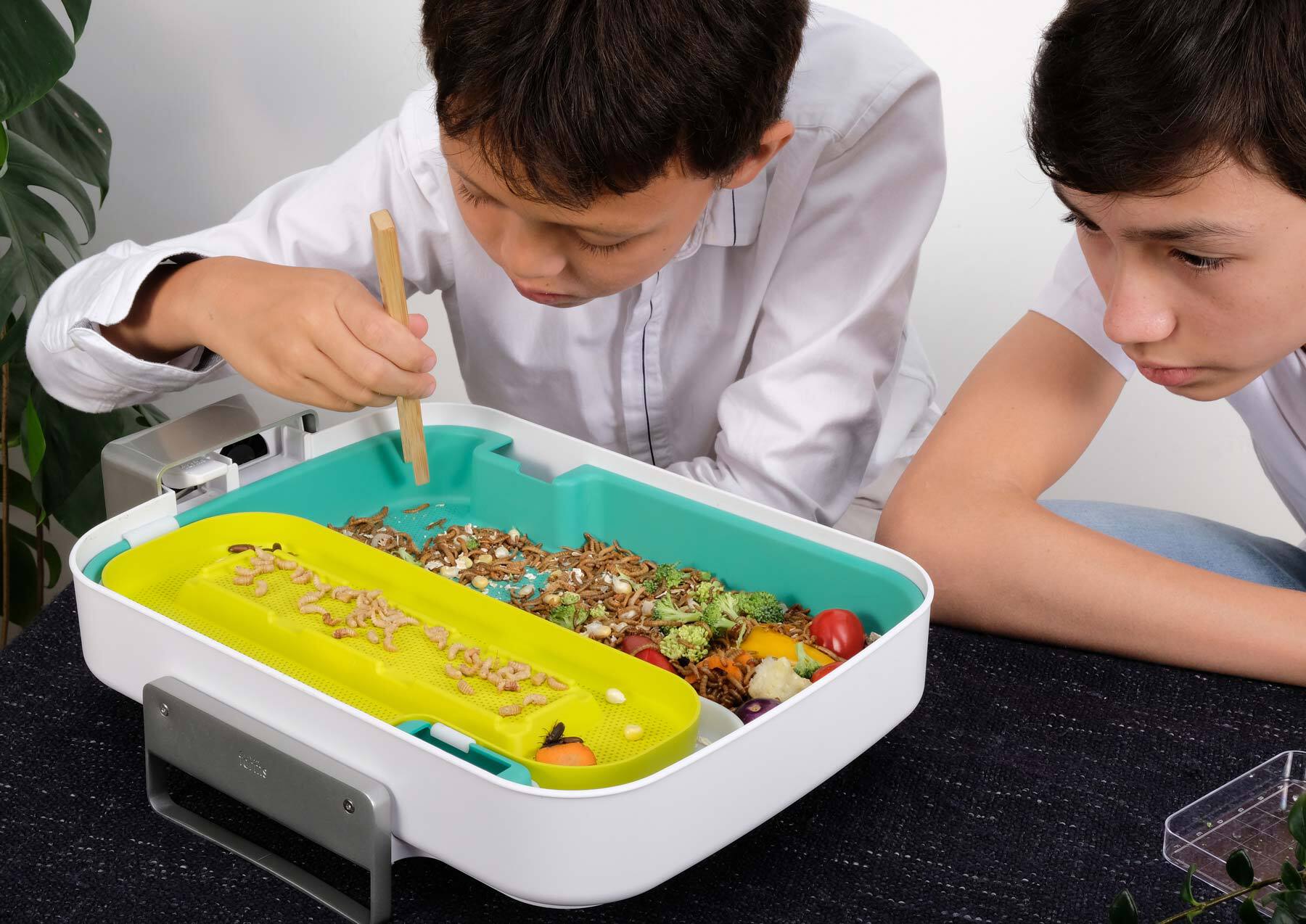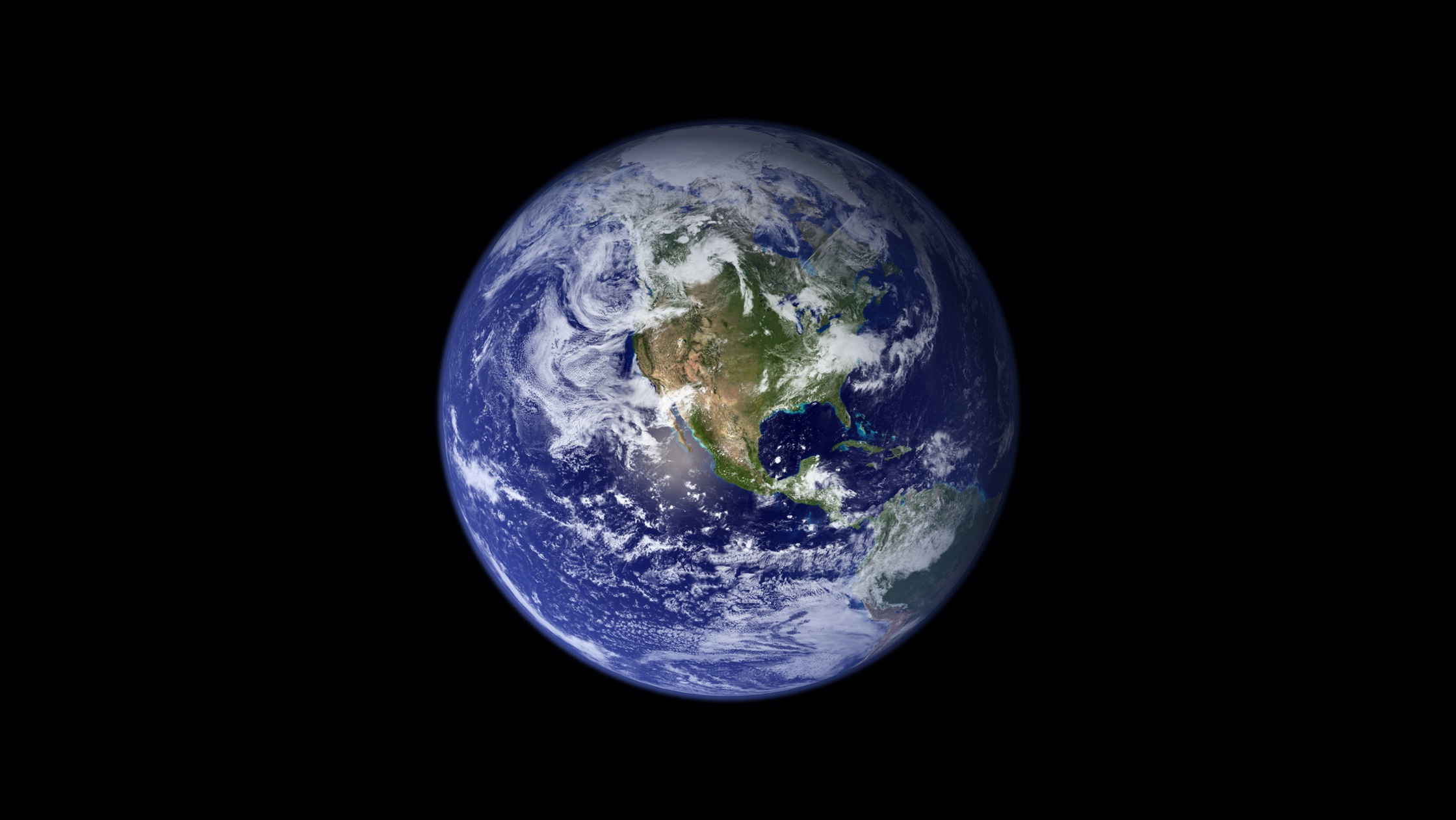One square metre of a vertical farm can support around the same number of plants as at least 50 square metres of conventional farmland – and consumes 95 % less water. And yet this knowledge is far from new. In 1972, on the basis of the very first studies, the Austrian mechanical engineer Othmar Ruthner recognised the potential of resource-friendly cultivation by means of vertical farming. This led to ‘growing towers’ in Vancouver, Moscow, Erevan, Leverkusen, Luleå, Tripoli, Langenlois, Wiener Neustadt – and in Vienna-Oberlaa. The latter was built to mark the International Garden Exhibition in 1974 but subsequently forgotten, especially as falling food prices led to the business model of ‘hyper-regional’ cultivation becoming obsolete.
Now, perhaps the last of the approximately 30 towers designed around the world by Othmar Ruthner is being transformed for the 21st century. Daniel Podmirseg and his team from vfi – the vertical farm institute – are ensuring that Ruthner's legacy is being gradually reactivated and presented to the public within the framework of participative projects. The start is planned for October 2020.

